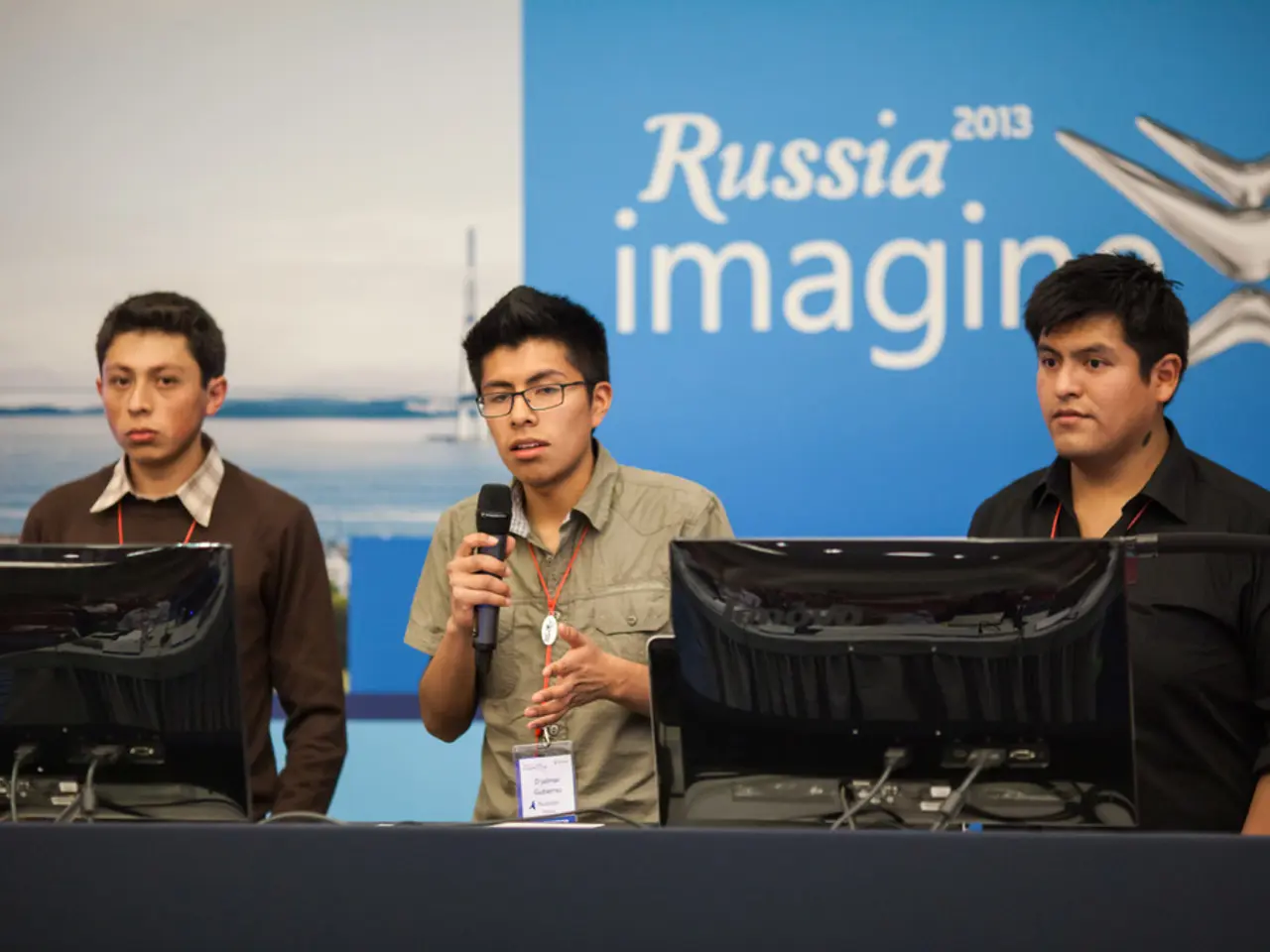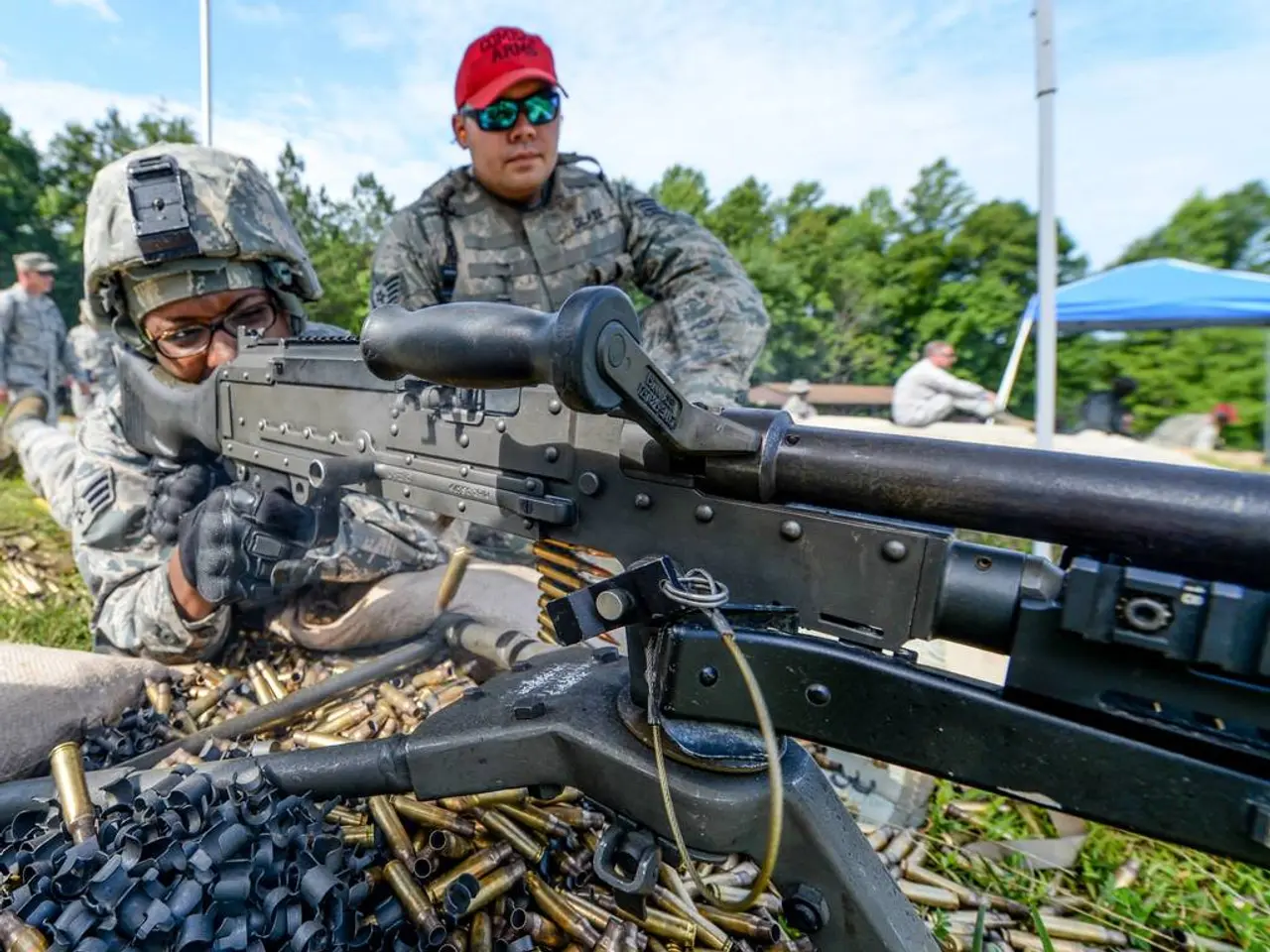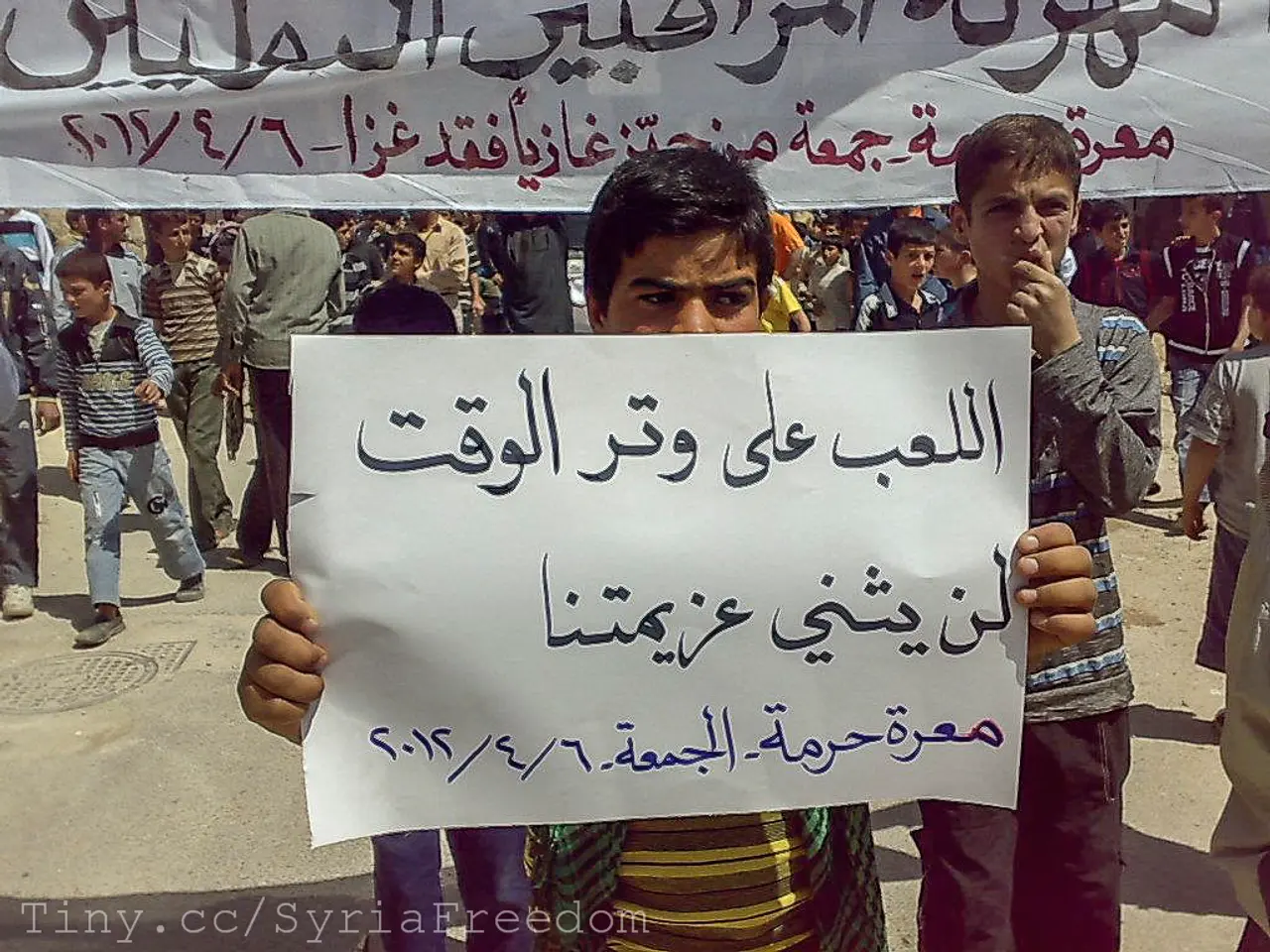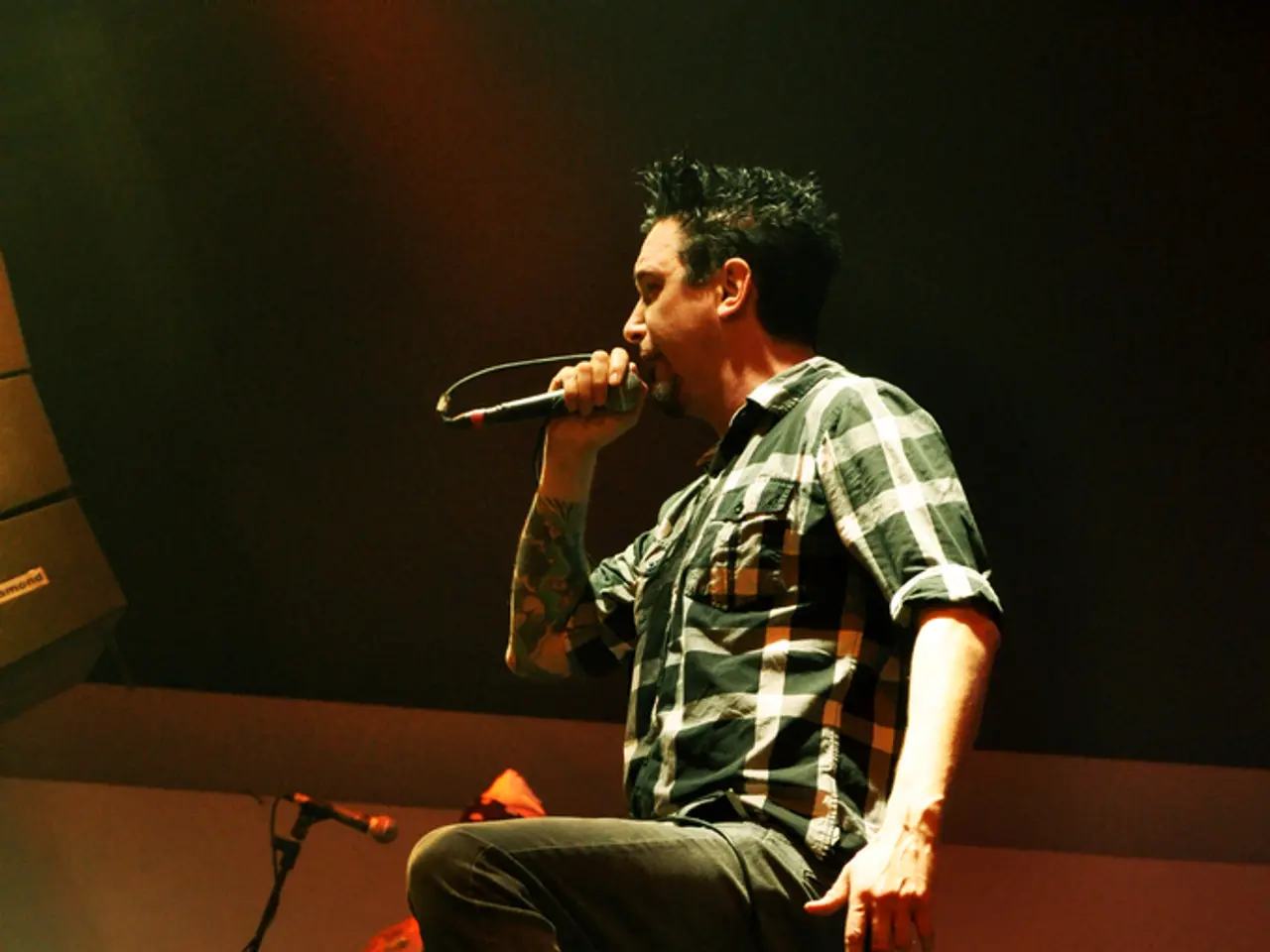Leader calls for accelerated pace
In a significant move, NATO Supreme Commander Alexus Grynkewich has announced ambitious plans to rebuild the mass of its armed forces and reach the level of the Ukrainian forces, particularly in terms of resilience, innovation, and adaptability.
Speaking at the LandEuro, an international conference of the U.S. Army in Wiesbaden, Grynkewich highlighted the importance of building a robust air defense system and developing capabilities for long-range precision fire. He also emphasised the need to learn from Ukraine's tactics, particularly in the areas of rapidly advancing weaponry, equipment, and strategies.
NATO's current priorities and strategies, particularly as they relate to air defense, long-range precision fire, and learning from Ukraine's tactics, are evolving in response to emerging threats. Modern air defense now involves not just intercepting missiles and aircraft but also tracking hypersonic weapons, countering drones at scale, and maintaining situational awareness across complex environments.
In terms of long-range precision fire, NATO is focusing on developing standardised, data-driven systems to enhance ground-based capabilities. The Eastern Flank Deterrence Line plan aims to improve interoperability and deterrence, potentially incorporating advanced precision fire capabilities.
The alliance is also learning from the use of long-range fires, jamming, unmanned systems, and cyber tools by adversaries in Ukraine. The land domain is becoming more crucial, as shown in Ukraine, where ground-based systems are used to counter aerial denial systems.
Grynkewich also spoke about the possibility of simultaneous attacks from Russia in Europe and China in the Pacific in the near future. He highlighted the need for immediate mobilisation of the industrial base on both sides of the Atlantic to counter potential attacks.
Last year, NATO deployed over 90,000 soldiers, around 50 ships, and 80 aircraft in Europe for their largest exercise since Reforger 1988. The Ukrainian army, despite shortages in almost all areas, has significantly changed in the past four years, with a focus on robotics and digitalization.
NATO now has regional defence plans for the first time since the 1960s, and all partners are investing in space as a key domain for future warfare at different levels. The increasing significance of satellites in space for controlling weapon systems with artificial intelligence is not lost on NATO, as they look to adapt and evolve in response to the rapidly changing geopolitical landscape.
In the evolving landscape of politics and general news, NATO's strategies are adapting in response to emerging threats, particularly during war-and-conflicts. This includes learning from Ukraine's tactics, focusing on building a robust air defense system, developing standardized, data-driven systems for long-range precision fire, and improving interoperability and deterrence. Additionally, NATO is also concerned with the potential for simultaneous attacks from Russia in Europe and China in the Pacific, emphasizing the need for immediate mobilization of its armed forces.







